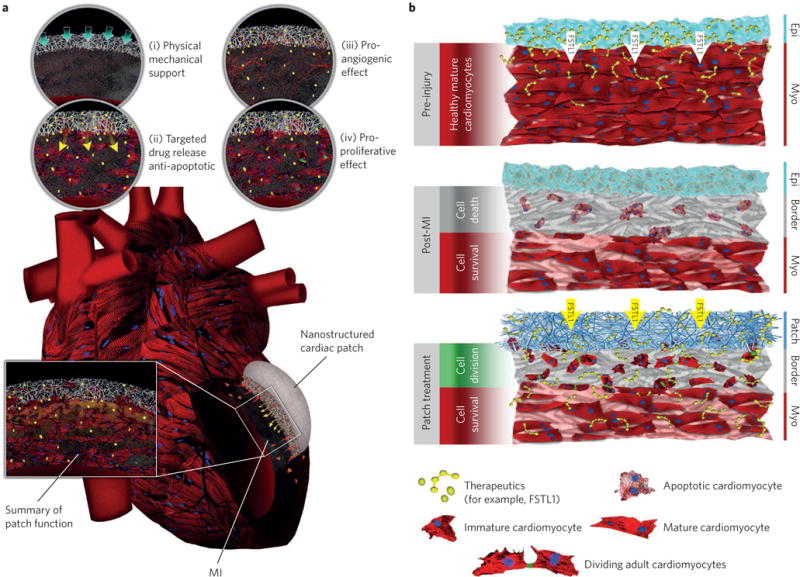Figure 4. Application of nanostructured cardiac patch device in repair/regeneration of MI.

a, Different scenarios by which the engineered nanostructured scaffold can contribute to myocardial tissue repair following MI: (i) inhibition of adverse cardiac remodelling processes post-MI via physical mechanical support; (ii) targeted delivery and sustained release of anti-apoptotic factors; (iii) promoting angiogenesis (via delivery of angiogenic factors); and (iv) promoting proliferation of pre-existing native CMs (for example, through epicardial delivery of human FSTL1 peptide). b, Schematic demonstration of cellular and molecular processes in healthy (top), post-MI (middle) and patch-treated (bottom) heart tissue. The bottom panel delineates the role of a nanostructured cardiac patch in regenerating the damaged myocardium by inducing cell cycle re-entry among pre-existing CMs.
